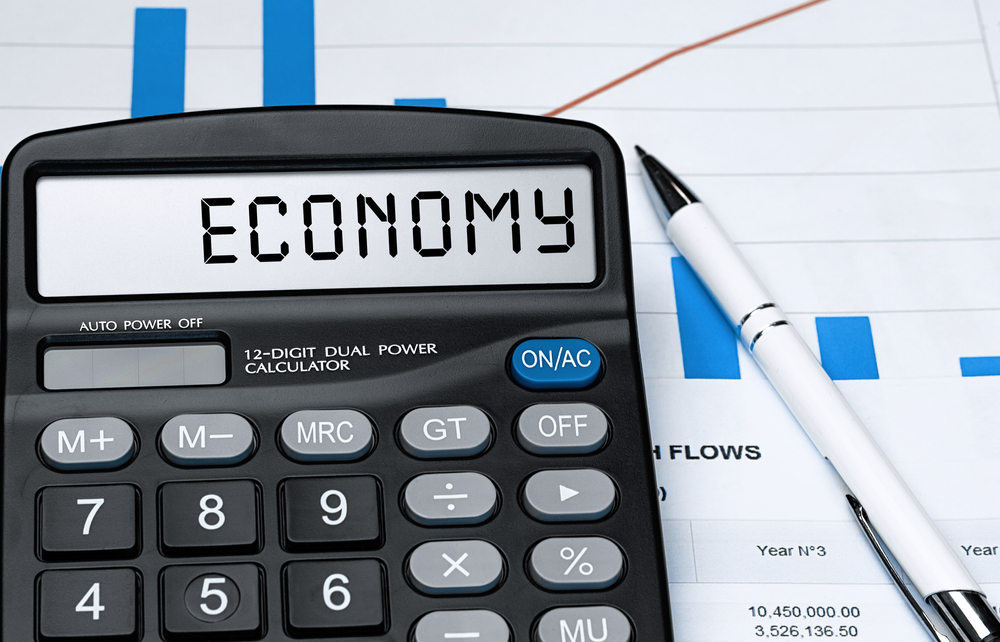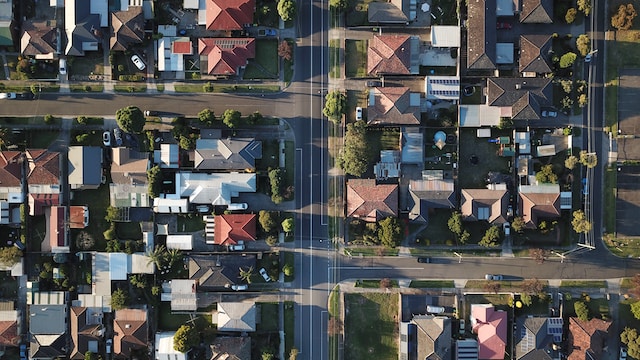Australia’s economy expanded 0.2 per cent in the December quarter, propped up by government spending and private business investment.
The quarterly lift in the Australian Bureau of Statistics’ official growth measure was a touch softer than economists’ expectations of 0.3 per cent growth.
On an annual basis, gross domestic product as tracked by the bureau lifted 1.5 per cent – the slowest annual growth rate since the COVID-19 pandemic.
Gross domestic product is the primary way that activity in the economy is measured.
GDP per capita fell one per cent over the year as the population grew strongly.
ABS head of national accounts Katherine Keenan said growth was steady in December, but slowed across each quarter in 2023.
“Government spending and private business investment were the main drivers of GDP growth this quarter,” she said.
Another weak growth result had been widely anticipated by economists as the Reserve Bank’s aggressive interest rate hiking cycle works to slow the economy down and dull the inflationary pulse.
The central bank is aiming to beat down inflation while keeping the economy growing and out of recession, an outcome often referred to as a “soft landing”.
The bureau said domestic demand was slowing as households cut back on discretionary spending, with investment also slowing.
Household spending rose 0.1 per cent in the December quarter, driven by a 0.7 per cent lift in spending on essentials that was offset by a 0.9 per cent fall in discretionary spending.
ANZ senior economist Adelaide Timbrell said a fall in discretionary spending even as the population grows was a good sign for inflation.
“That’s telling us that consumers are cutting back and when households are cutting back businesses have to work harder for each dollar they make, which means it’s more competitive, which means that prices rise more slowly, “she told ABC TV on Wednesday.
“So for the Reserve Bank, this is going to be an encouraging part of that GDP growth.”
The household saving ratio increased to 3.2 per cent from 1.9 per cent, representing a higher proportion of income going to savings than in the last quarter.
Ms Timbrell said that was because tax returns came in a little later than usual.
“We also saw a good increase in average household incomes, and we’re going to see a lot more of that in the second half of this year once we get the tax cuts, as well as a bit of wage growth and less inflation.”
Poppy Johnston
(Australian Associated Press)




